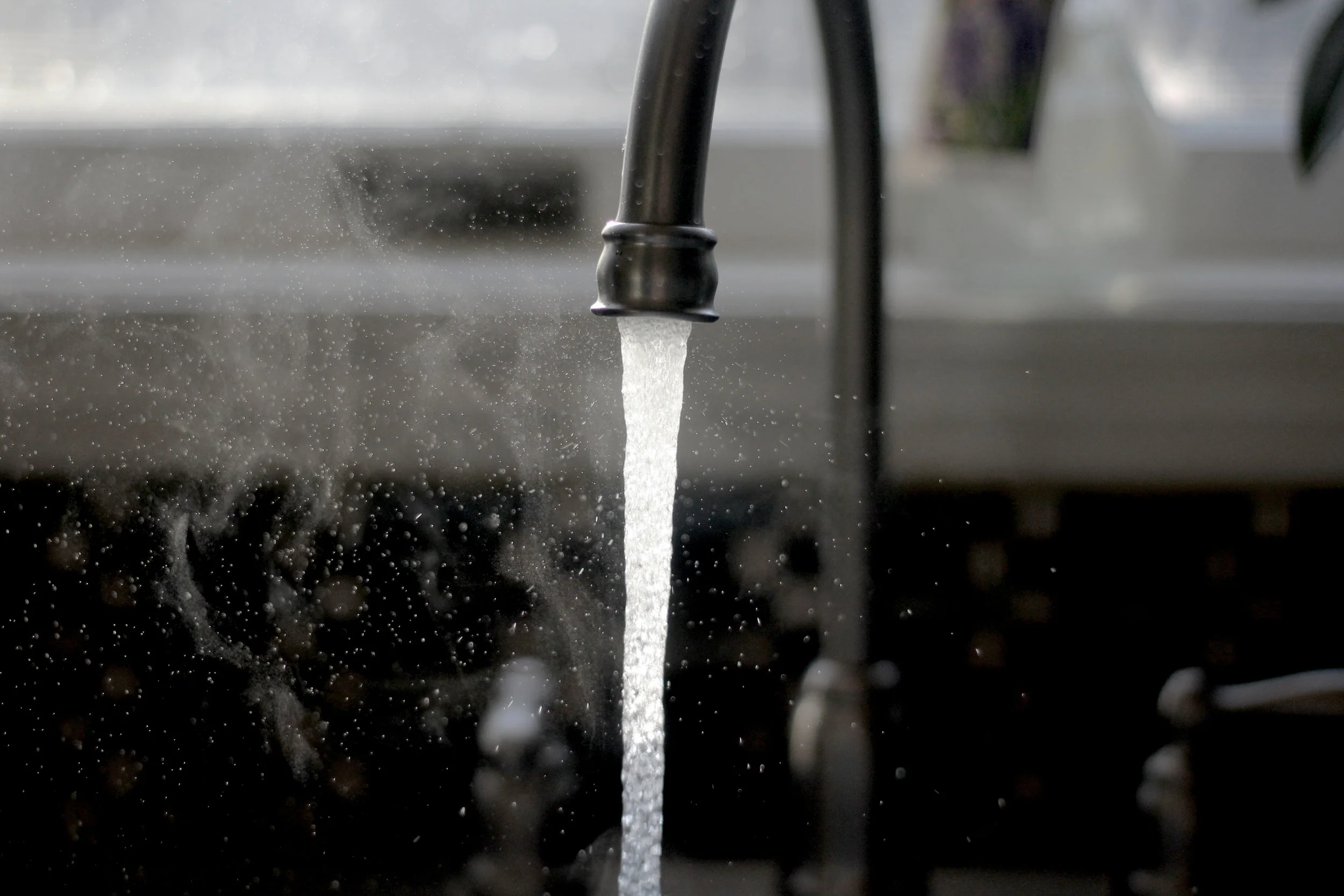Cholera Outbreak 2032
2034
It had been a minor flood in the scheme of things. The winter rainstorm in December 2032 hit us after a period of dry weather and the storm drains, still clogged from leftover fall leaves, hadn’t handled it. There was flooding in the streets and the Ravenna Bog, as we nicknamed it, filled the green space on Ravenna Boulevard between Greenlake and Ravenna Park’s spring. That bog hasn’t left us, and for much of the wet season it’s evolved into a creek.
The king tide hadn’t helped, with the storm’s westerlies pushing it even higher.
We still don’t know how the cholera arrived. Had someone traveled from Florida carrying the bacterium in their gut? It seemed like the same bug, the same intensity, the same lethality. But it still caught us unprepared.
We didn’t think this kind of thing could happen here. Florida, sure, that place was half underwater most of the time, so all kinds of things festered there. But here in the Pacific Northwest, we had clean water.
Except we didn’t, and we didn’t know it.
The water that came out of the tap was pristine. We were proud of the way the water tasted. We didn’t need to waste resources and money on bottled water, we scoffed in our water superiority about other states that bought water. Our water came from the snow-melt and rain fed Cedar River and Tolt River Watersheds, the water filtered by untouched wilderness.
And we’re pretty sure that water was still wonderful and clean and pristine. But on the way to us, the cholera got in there somehow. Maybe flooding caused a pipe break, a cross-contamination of sewage and drinking water. Compost toilets had been brought in to limit the flow of water into our waste system in winter, and then to lower water used in the new droughts of summer. But they hadn’t been enough, the storm hit our water system hard.
Vibrio cholerae got in, and as cholera was good at doing, it had adapted. It was a new strain that spread like the fires in California, killing many in its way. Chlorine-resistant, this strain got into our water system and attacked. We thought our water was safe, we didn’t know we needed to boil it.
So many died that first week. There were 1.8 million people living in the Seattle area. Estimates were 600,000 were hit with the bug and over 50,000 died in the time it took the scientists to work out what was going on. But we really don’t know as we had to stop counting. And in the aftermath, we’re not sure who left the city and who died. We knew better, we knew we should deal with the dead properly, orderly. Giving families closure. But there were just so many.
